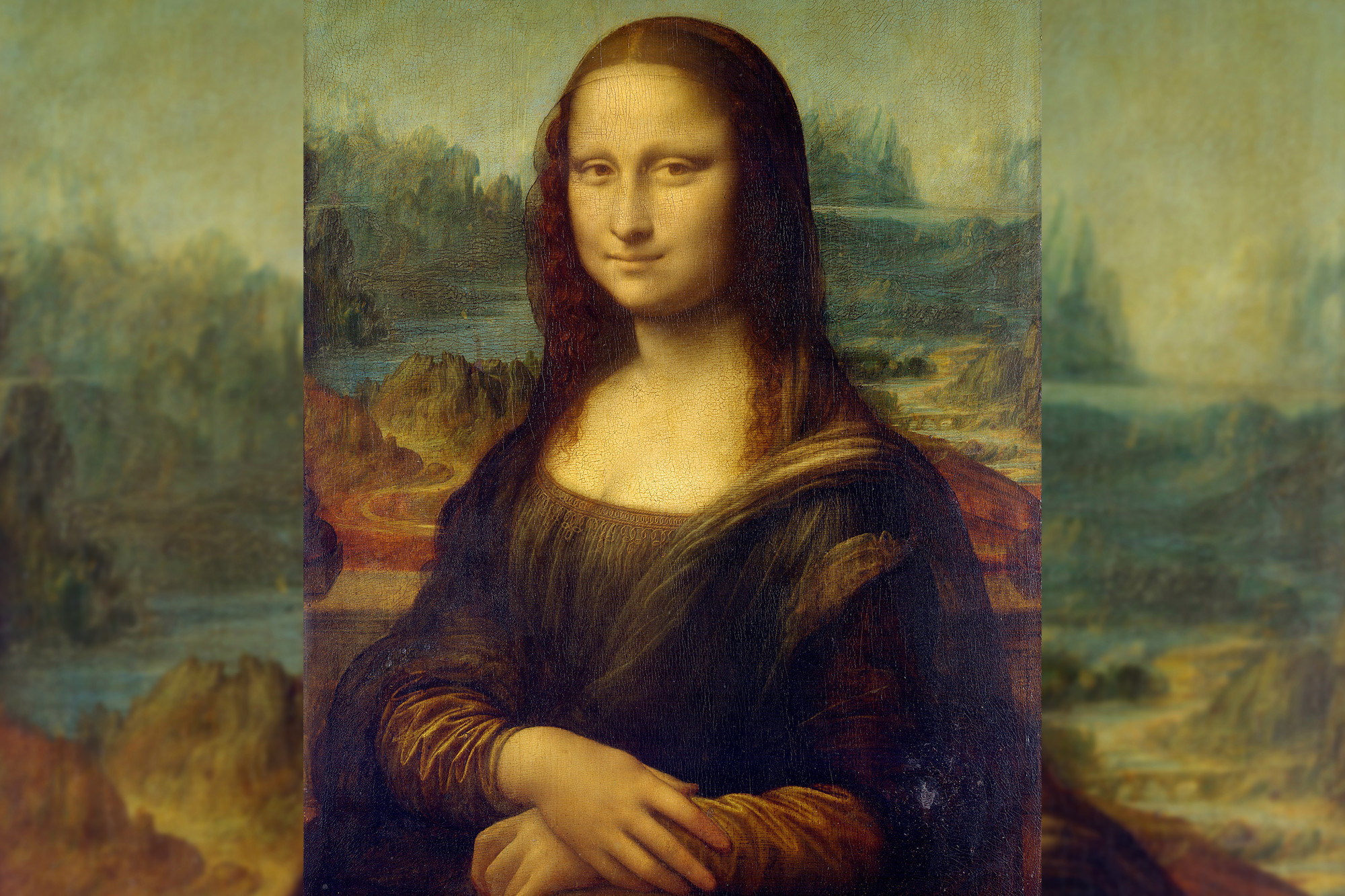Leonardo Da Vinci was a genius there is no denying. He left the work that still remains a mystery and drives the curious minds to keep wondering around his masterpieces. World-renowned painting Mona Lisa turned out as an attraction for artists and a mystery for psychologists.
We all know a good smile with lips widespread, or at least stretched a little. But what concerned scientists for so long is Mona Lisa’s hardly traceable weak smile that she conjured for his painting more than 500 years ago. Many theories were put forward to explain the world’s most famous yet weakest smile at display in Paris’ Louvre Museum.
The simplest theory says that the portrait took quite a while to complete, and keeping a smile for so long was almost impossible so Mona forced a smile.
“Considering it is unlikely that a person who sits motionless for hours to be painted is able to constantly smile in genuine happiness, the simplest explanation is that the Mona Lisa asymmetric smile is the manifestation of an ‘untrue enjoyment’ in spite of all the efforts that Leonardo’s jesters used to make in order to keep his models merry,” Researchers told Science Daily.
This theory sounds fair yet another one dismissed it.
A genius, that sketched a helicopter almost 500 years before its invention, cannot lack the skill of painting a decent smile.
“An alternative intriguing possibility, however, is Leonardo already knew the true meaning of asymmetric smile more than three centuries before Duchenne’s reports and deliberately illustrated a smile expressing a ‘non-felt’ emotion”, the researcher suggested.
A recent study by a researcher from the University of Cincinnati in Ohio, St. the George’s University of London in the U.K. and Sapienza University of Rome in Italy, proposes that Mona Lisa’s smile is an asymmetric smile with a higher tendency of being fake. Emotional theories of emotion neuropsychology believe that left side expresses true and happy emotions and non-genuine smile occurs on the right side of the face, also when the subject tends to lie.
“Our results indicate happiness is expressed only on the left side. According to some influential theories of emotion neuropsychology, we here interpreted the Mona Lisa asymmetric smile as a non-genuine smile – also thought to occur when the subject lies”, the lead researcher from the University of Cincinnati, neurologist Dr. Luca Marsili.
“chimeric face” technique was used in the study where the vertically split face of Mona Lisa was shown to 42 participants and asked to study the expression. It is known that the painting remained incomplete and researchers have expressed the possibility that Leo painted an asymmetric smile on propose to hint that the portrait belonged to a dead woman.
The true meaning of the smile still “remains elusive.”


























Leave a Reply